Understanding Why Dogs Smell After Swimming
Have you ever noticed that unmistakable odor clinging to your furry friend after a delightful romp in the water? Dogs, much like humans, have their unique scent profiles, which can become significantly pronounced after they’ve been swimming. But why does this happen? The answer lies in a combination of factors involving their skin, fur, and the environments they swim in.
Firstly, it’s important to recognize that dogs have a natural layer of oils on their skin, which helps to waterproof their fur and protect their skin from the elements. When your dog swims, especially in natural bodies of water like lakes or ponds, these oils mix with water and cause the release of a distinctive, sometimes pungent, smell. This odor is often exacerbated by bacteria and microorganisms that thrive in water, particularly in stagnant or slow-moving bodies, clinging to your dog’s fur and skin.
Moreover, wet fur acts like a sponge, absorbing various organic materials from the water, which can include algae, decaying vegetation, or other organic compounds. As the fur begins to dry, these substances release an odor that might not be noticeable when they are wet but become prominent as they dry out. Additionally, some breeds with thicker, denser coats may trap more moisture, extending the drying process and intensifying the smell.
Understanding these factors can help guide you in addressing the post-swim smell and maintaining your dog’s hygiene. By recognizing the sources of these odors, you can adopt effective grooming strategies that keep your pet fresh and comfortable, even after their aquatic adventures.
Factors That Contribute to the Wet Dog Smell
The infamous “wet dog smell” that follows your furry friend after a swim is a familiar olfactory sensation for many dog owners. This distinctive aroma can be attributed to a combination of several factors, each playing a pivotal role in creating that unforgettable scent. Understanding these elements can help dog owners manage and mitigate the odor effectively.
Natural Oils and Bacteria
Dogs produce natural oils that coat their fur and skin, serving as a protective barrier against the elements. These oils, when mixed with water, especially from swimming, can release a potent odor. Additionally, a dog’s skin harbors various microorganisms, including bacteria and yeast. These organisms thrive in moist environments and release volatile compounds that contribute to the characteristic smell when wet.
Environmental Factors
The water source itself plays a crucial role in the smell. Lakes, ponds, or even ocean water can contain algae, organic material, and other odorous substances that cling to your dog’s fur. Saltwater, in particular, can exacerbate the natural oil production, intensifying the scent.
Fur Type and Density
Dogs with thicker or longer coats tend to retain moisture longer than those with shorter fur, prolonging the dampness and, consequently, the smell. The dense undercoat common in breeds like Retrievers or Spaniels can trap water and organic debris, making drying and grooming more challenging.
In conclusion, while the wet dog smell might seem inevitable after a swim, understanding its origins can help in managing it. By considering these factors, pet owners can take proactive measures to ensure their summer adventures remain enjoyable and less aromatic.
The Role of Bacteria and Moisture in Odor Development
After a day of frolicking in the water, many pet owners may notice an unpleasant smell emanating from their beloved canine companions. This phenomenon is primarily a result of the interplay between bacteria and moisture. Understanding this interaction can help owners mitigate the odor and keep their furry friends smelling fresh after their aquatic adventures.
When dogs swim, their coats absorb water, creating a damp environment that is perfect for bacteria to thrive. This is particularly true if they swim in natural bodies of water such as lakes or ponds, which are teeming with microorganisms. These bacteria break down the organic matter trapped in a dog’s fur, producing volatile compounds responsible for the distinctive “wet dog” smell.
Moisture Retention and Skin Folds
Some dog breeds are more prone to retaining moisture due to their dense undercoats or skin folds. Breeds like Bulldogs or Retrievers may have a tougher time drying out completely, providing bacteria with a prolonged period to multiply and intensify the odor. Ensuring that your dog is thoroughly dried after swimming is crucial in preventing bacterial proliferation.
The Role of Natural Oils
Additionally, a dog’s skin produces natural oils that serve as a protective barrier. When these oils mix with water, they can create an environment conducive to bacterial growth. This is exacerbated when a dog’s coat remains damp, as the oils can become rancid over time, contributing to the overall odor.
By recognizing the role of bacteria and moisture in odor development, pet owners can implement effective grooming practices to keep their dogs smelling pleasant. In the following sections, we will explore grooming tips that can help maintain your dog’s freshness even after the most adventurous of summer swims.
Common Skin Irritations Caused by Swimming
During the warm summer months, many dog owners find joy in watching their canine companions splash around in pools, lakes, or even the sea. However, as delightful as these aquatic adventures can be, swimming often leads to certain skin irritations that can cause discomfort for your furry friend. Understanding these common irritations and how they develop is crucial for ensuring your dog’s comfort and health.
Hot Spots
One of the most prevalent issues is the development of hot spots, or acute moist dermatitis. These red, inflamed areas can appear suddenly and spread rapidly on a dog’s skin. Hot spots are typically caused by bacteria thriving in the moist, warm environment created by wet fur. Dogs may exacerbate the condition by licking or scratching the irritated area, leading to further inflammation and infection.
Yeast Infections
Yeast infections are another concern for dogs who frequently swim. These infections occur when there is an overgrowth of the yeast present on the dog’s skin, often triggered by moisture trapped in the skin folds or ears. Symptoms include itching, redness, and a distinctive musty odor, which can be particularly noticeable after a swim.
Allergic Reactions
In addition to infections, dogs may also experience allergic reactions to chemicals in swimming pools, such as chlorine, or to natural elements found in lakes or oceans. This can lead to rashes, dryness, and flakiness of the skin, prompting excessive scratching or biting.
To combat these issues, thorough drying and grooming are essential after each swim. Regularly checking your dog’s skin for any signs of irritation and consulting with a veterinarian if symptoms persist can help maintain their well-being. By staying vigilant, you can ensure that your dog’s summer swimming sessions remain a source of joy and not discomfort.
Essential Grooming Tips After Water Activities
After a refreshing swim, your canine companion might emerge with an unmistakable odor that leaves you wondering why their post-swim aroma isn’t as delightful as the activity itself. Water activities, though invigorating, can lead to a build-up of bacteria and grime in your dog’s fur, contributing to that less-than-pleasant scent. This makes post-swimming grooming an essential ritual to ensure your dog remains fresh and healthy. Here are some indispensable grooming tips to tackle the aftermath of aquatic adventures.
Thorough Rinse with Fresh Water
Begin with a comprehensive rinse using clean, fresh water. This step helps wash away chlorine, salt, or any lake debris that might cling to the coat, exacerbating odor and potential skin irritation. Ensure you work the water through the fur to reach the skin beneath.
Use a Dog-Friendly Shampoo
Follow the rinse with a gentle, dog-friendly shampoo. Opt for a product specifically formulated to neutralize odors and maintain the natural oils in your dog’s skin. Lather thoroughly, paying special attention to areas that tend to trap moisture, such as under the ears and between the paws.
Dry Thoroughly
One of the most crucial steps in post-swim grooming is ensuring your dog dries completely. Use a towel to absorb as much moisture as possible, and if your dog is comfortable, consider using a pet-safe hairdryer on a low setting. This prevents the growth of bacteria and yeast, which thrive in damp environments.
Regular Brushing
Brushing your dog’s coat post-swim not only removes any remaining debris but also helps distribute natural oils, keeping the coat healthy and shiny. It also gives you a chance to check for any tangles or mats that might have developed during the swim.
By implementing these grooming habits, you can ensure your furry friend remains clean, comfortable, and odor-free, making every summer adventure a delightful experience for both of you. These simple yet effective steps safeguard your dog’s health and well-being while prolonging the joy of aquatic excursions.

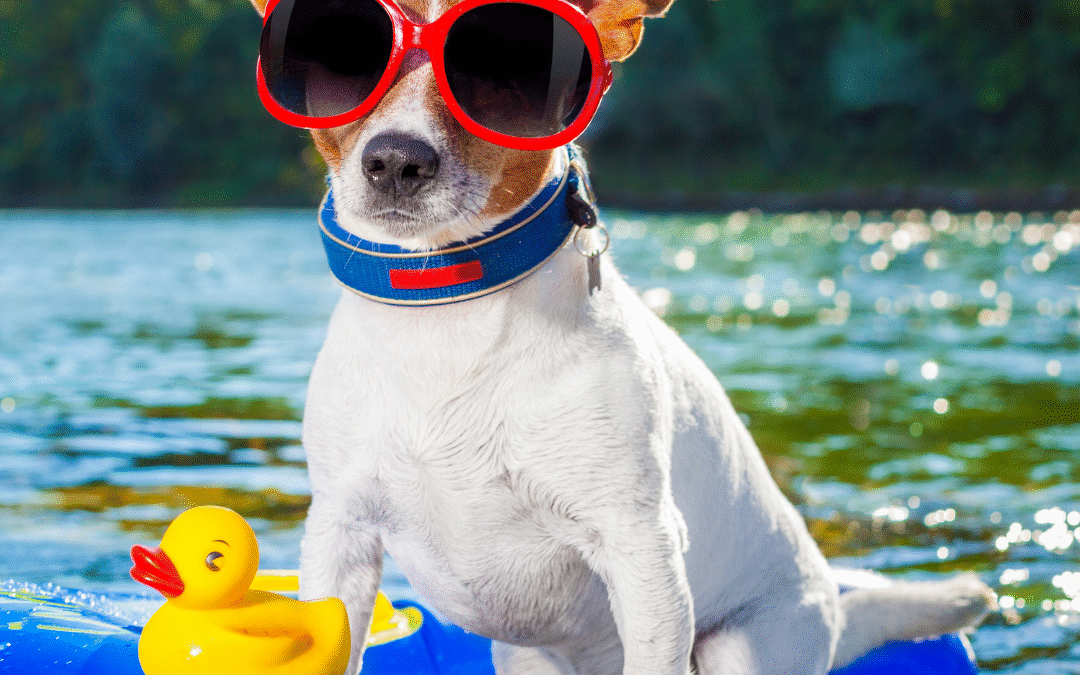
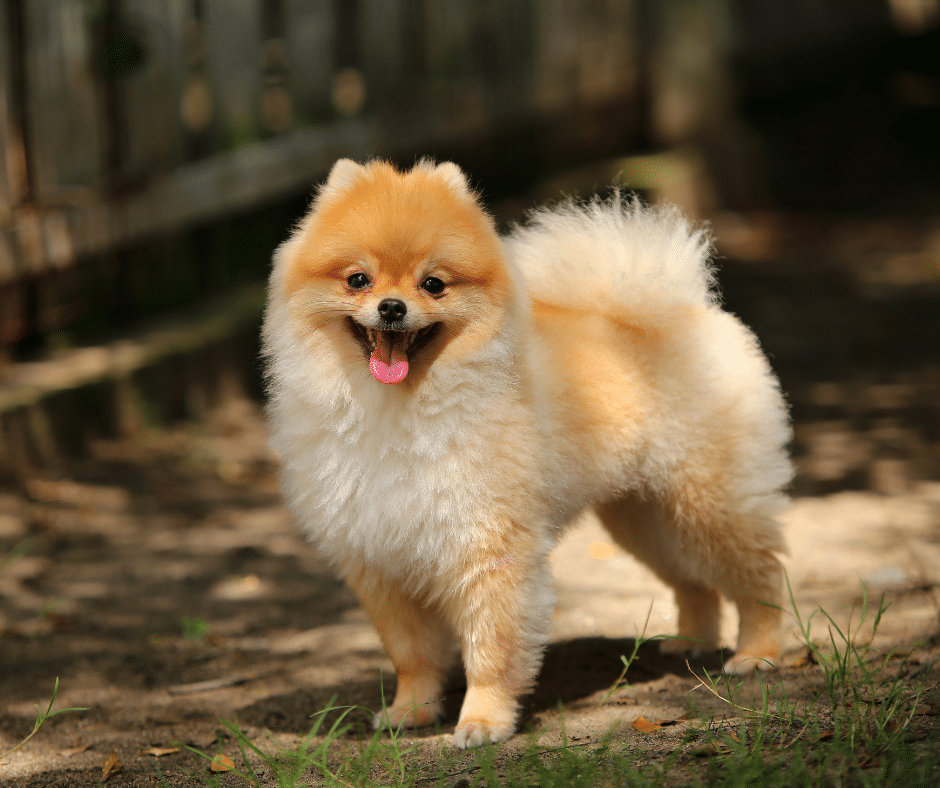
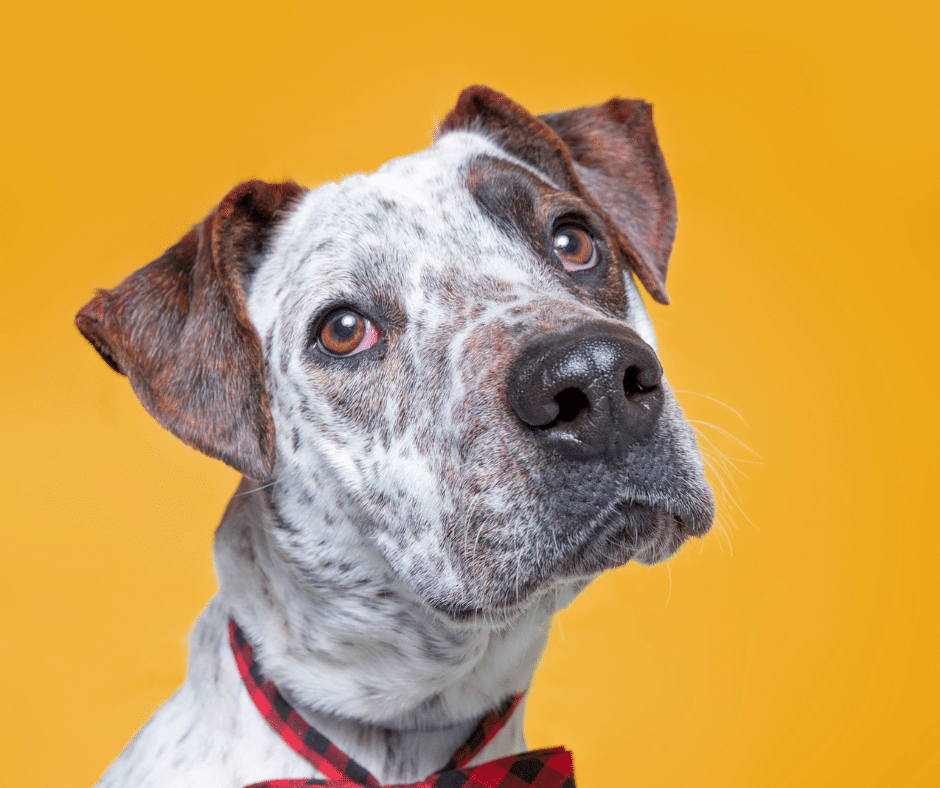
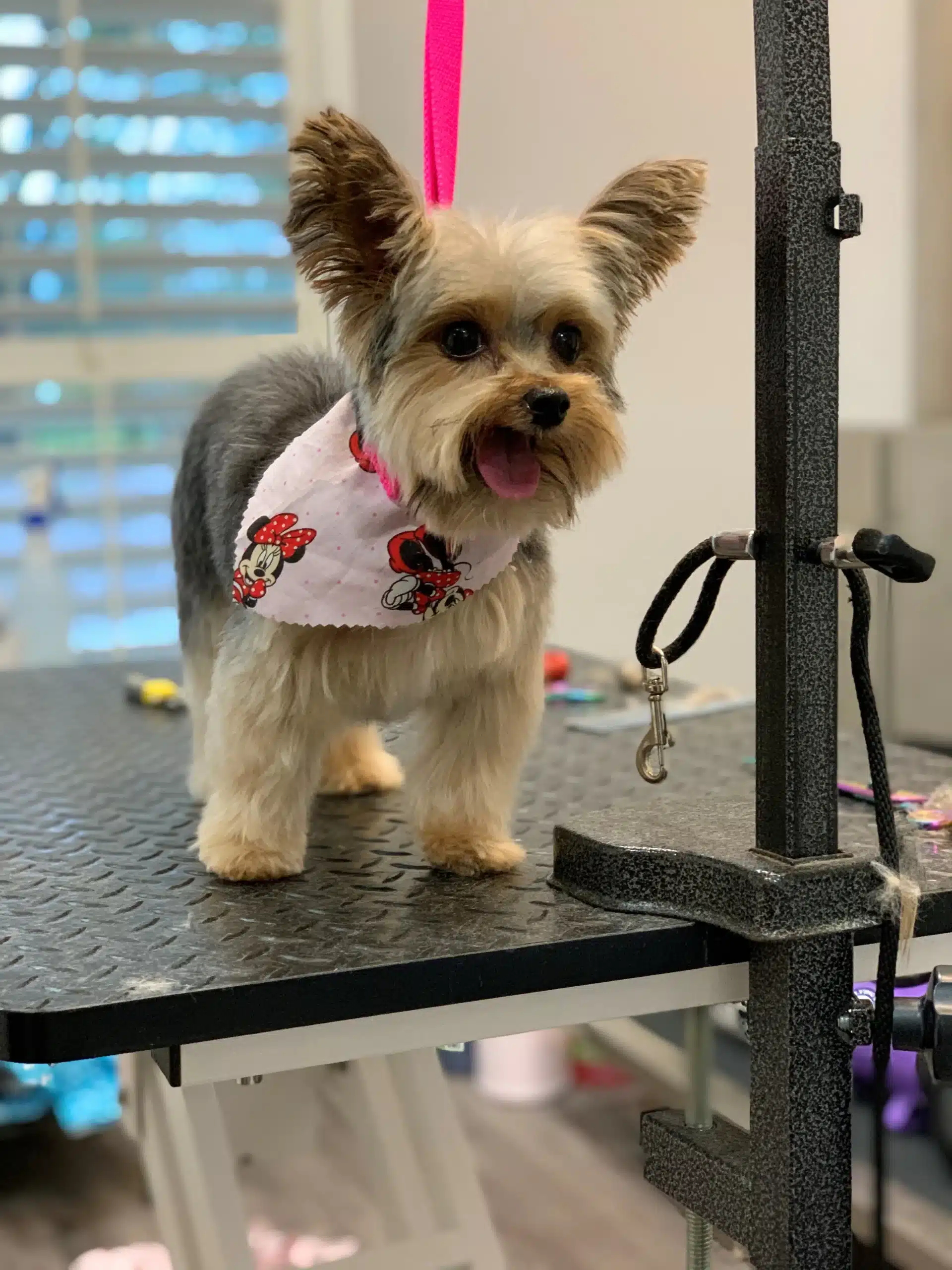

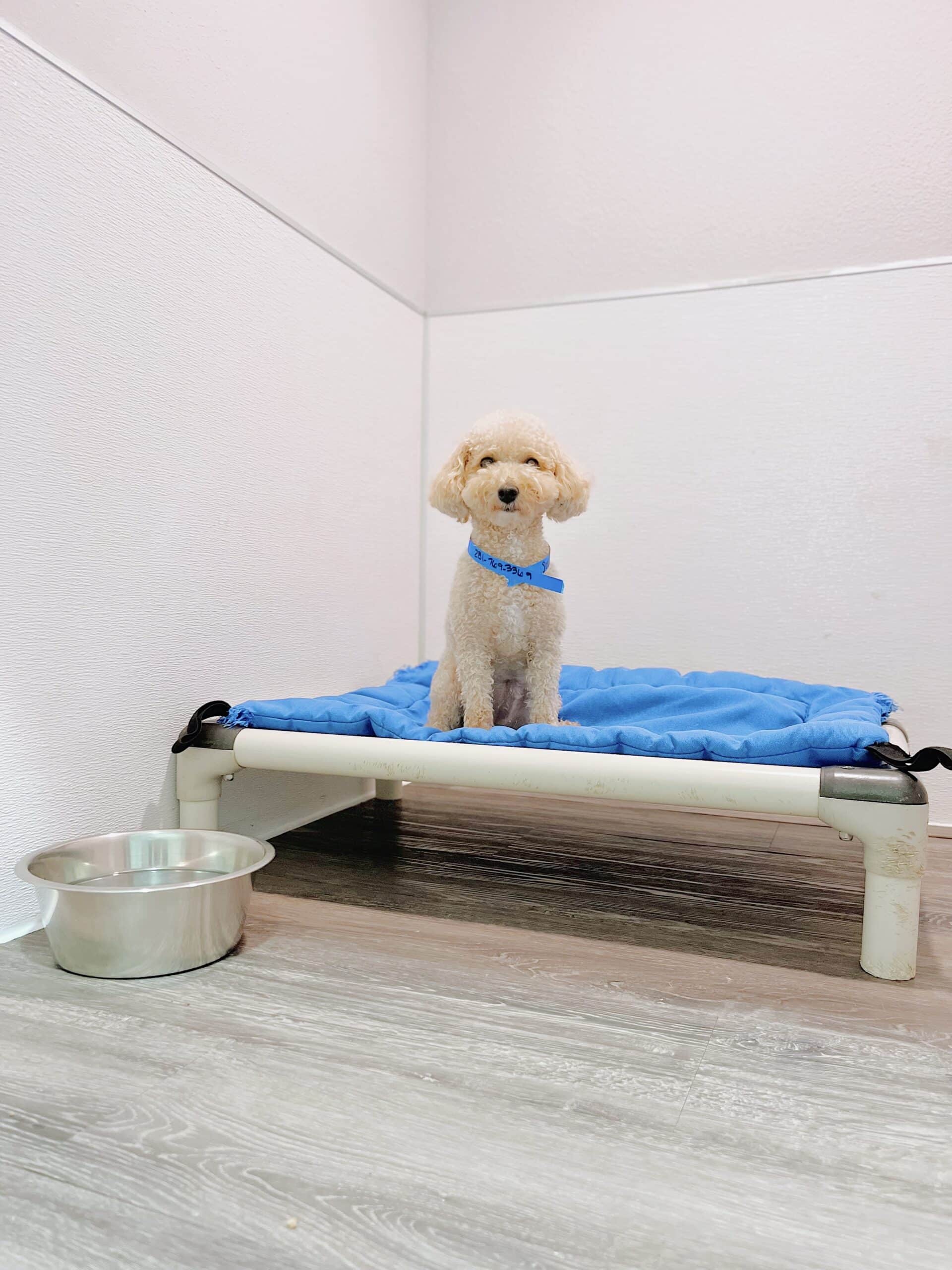

Recent Comments